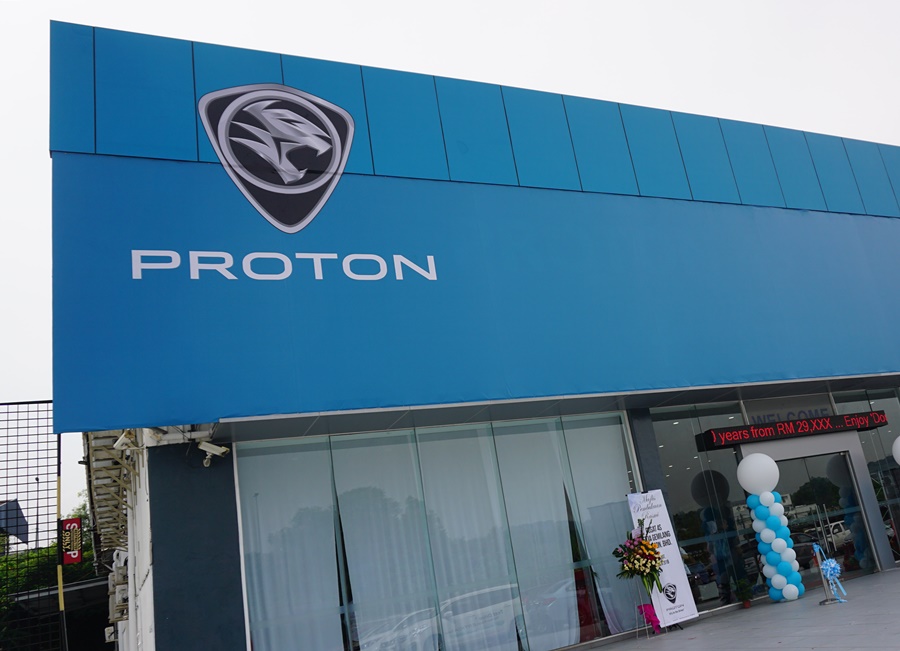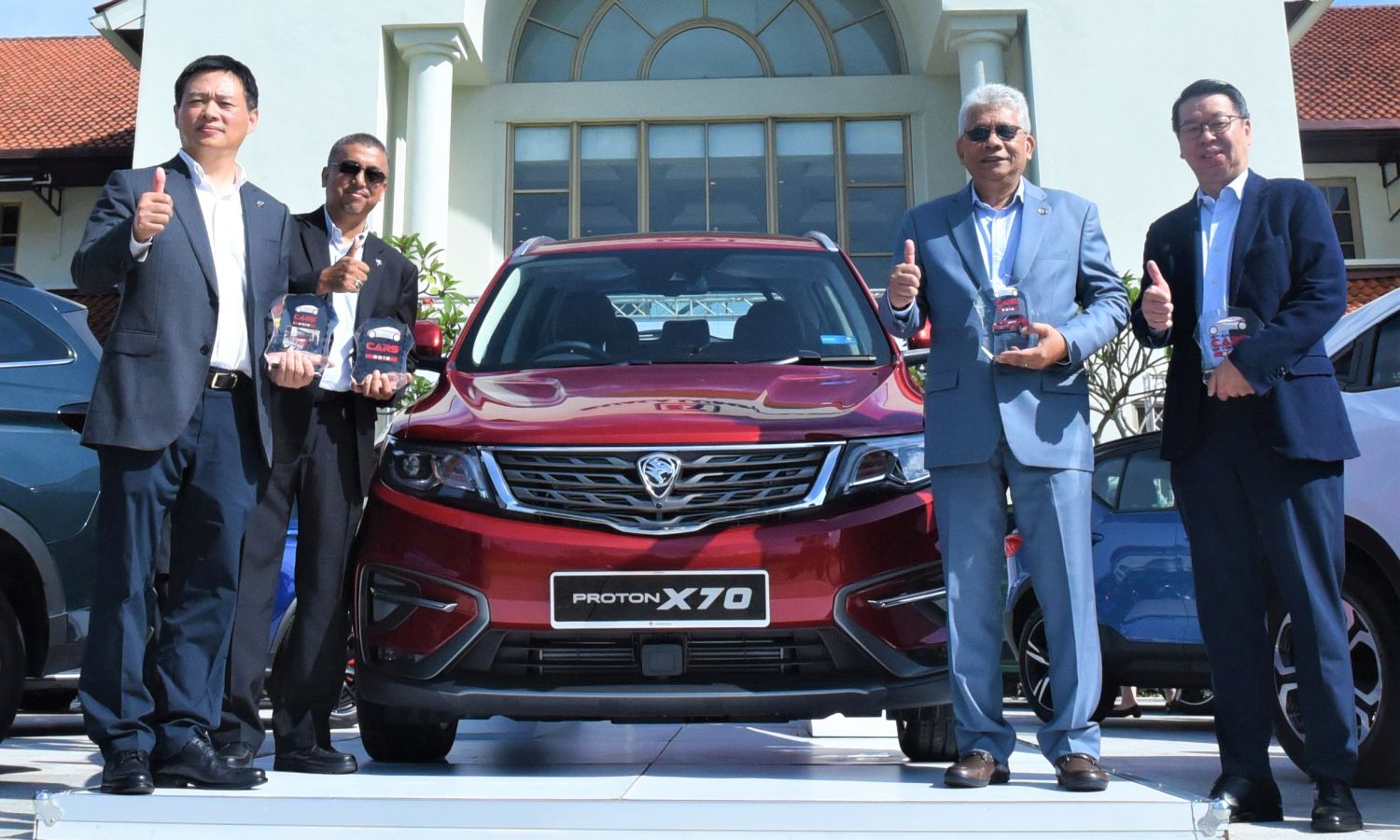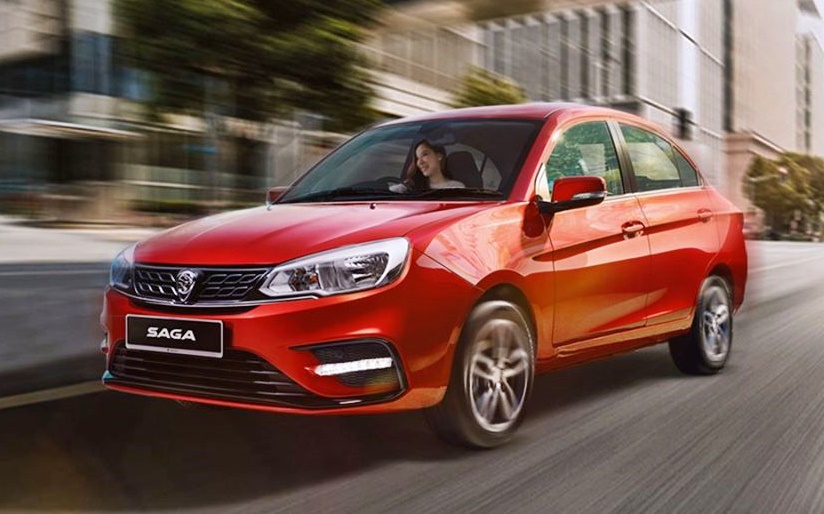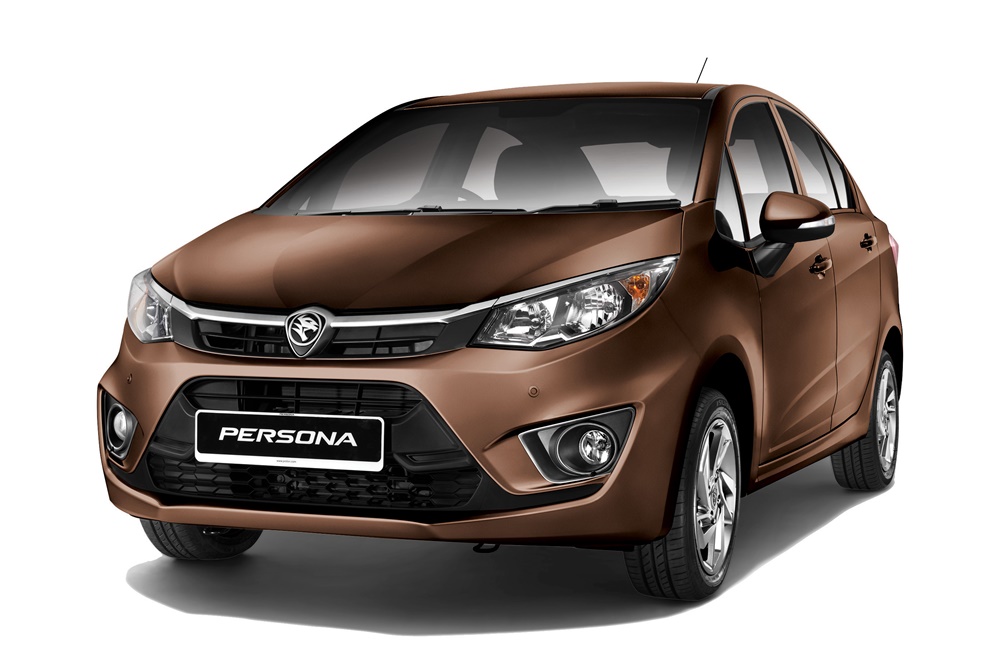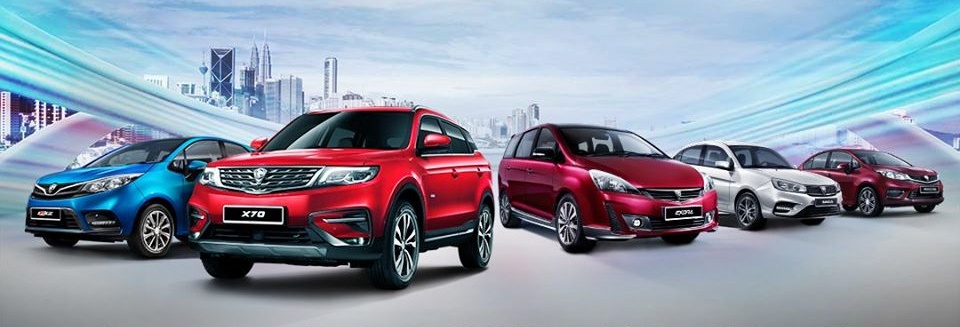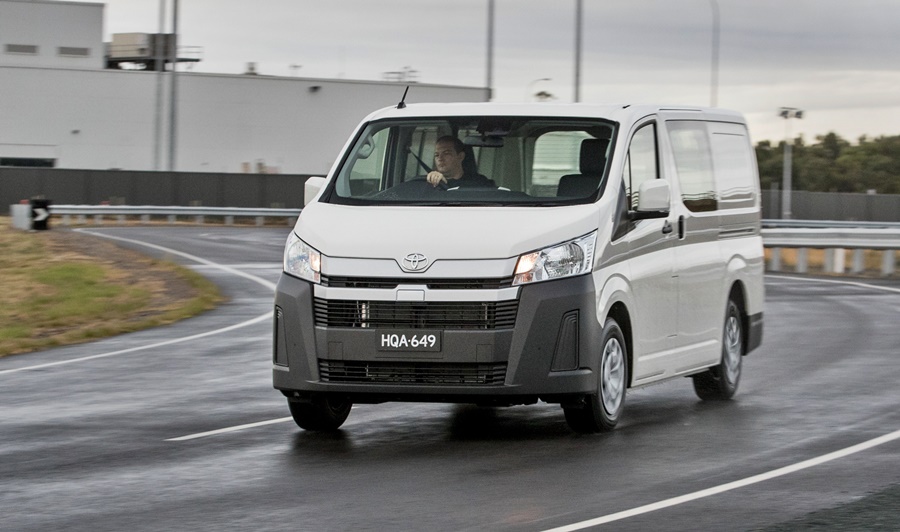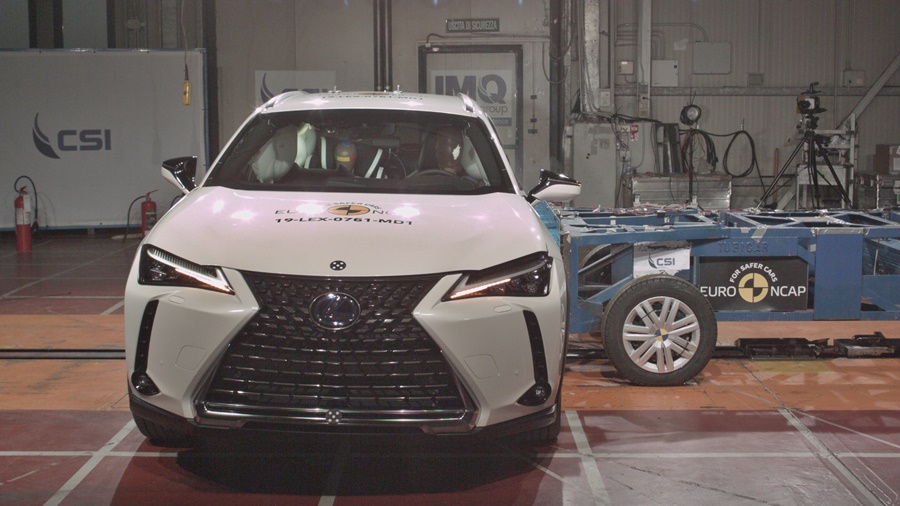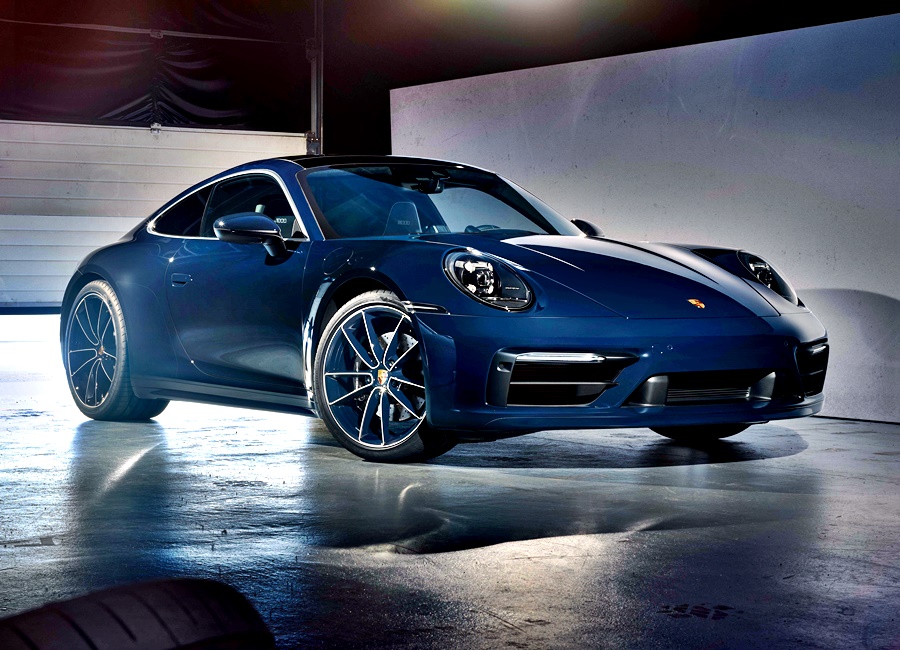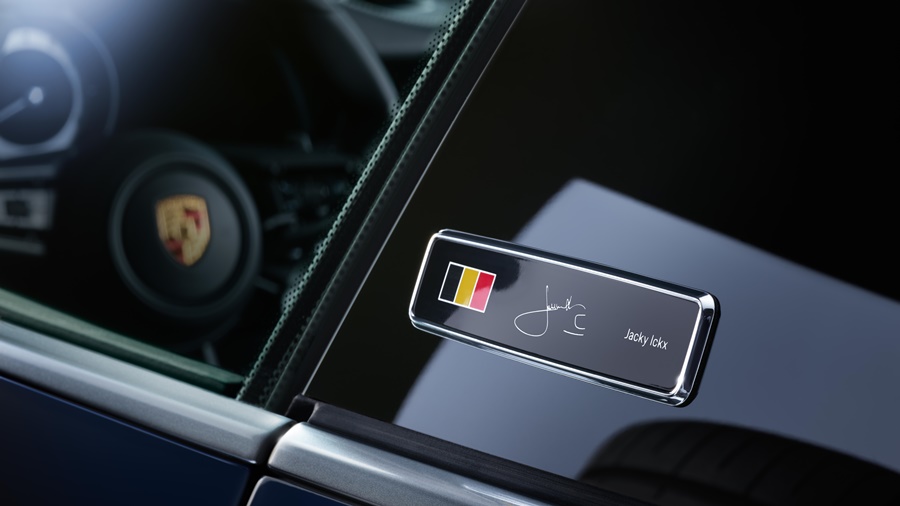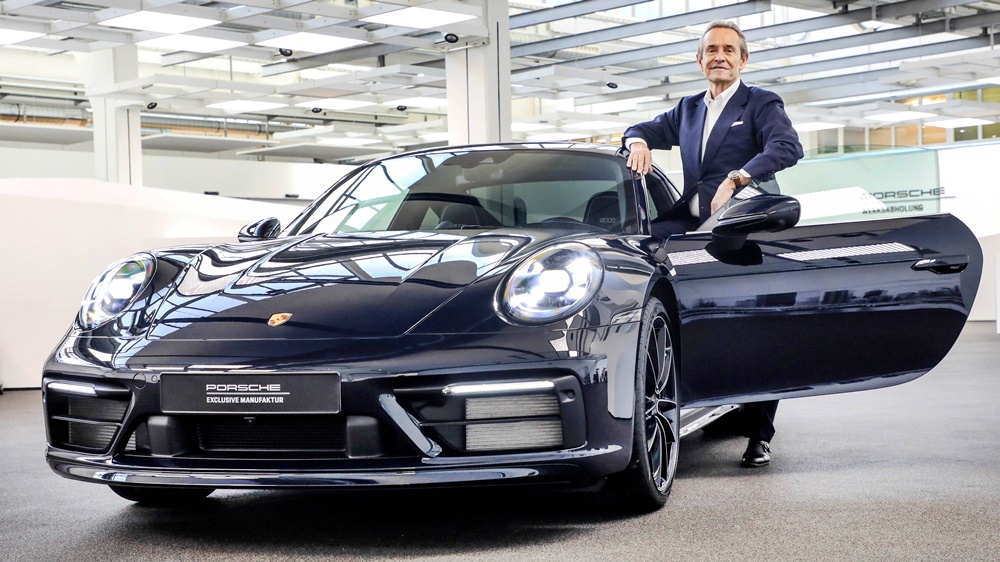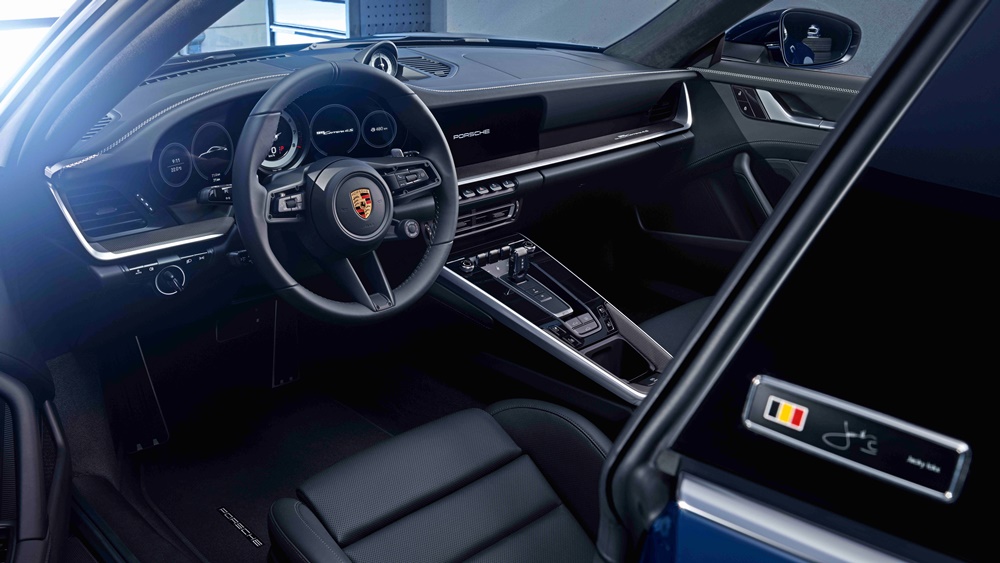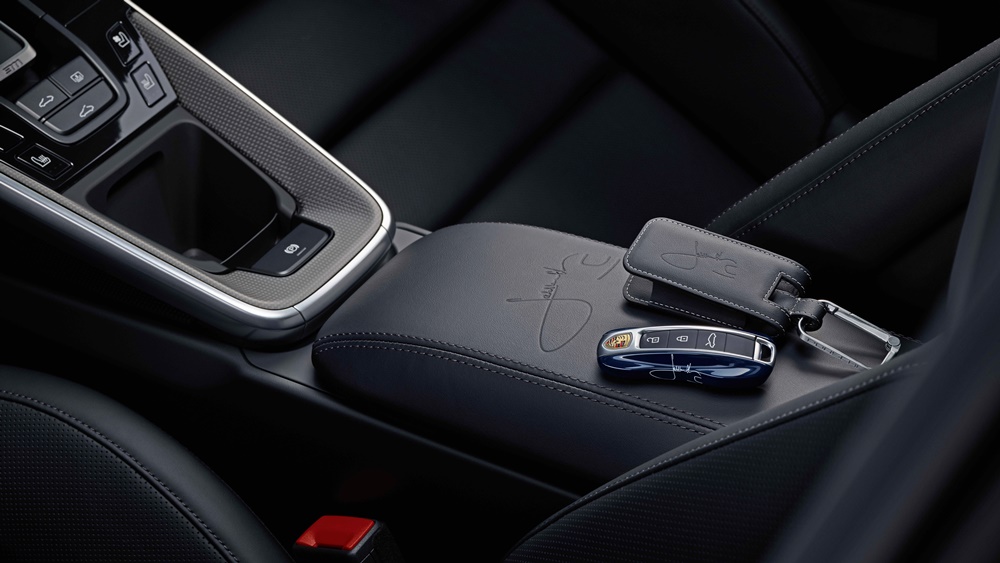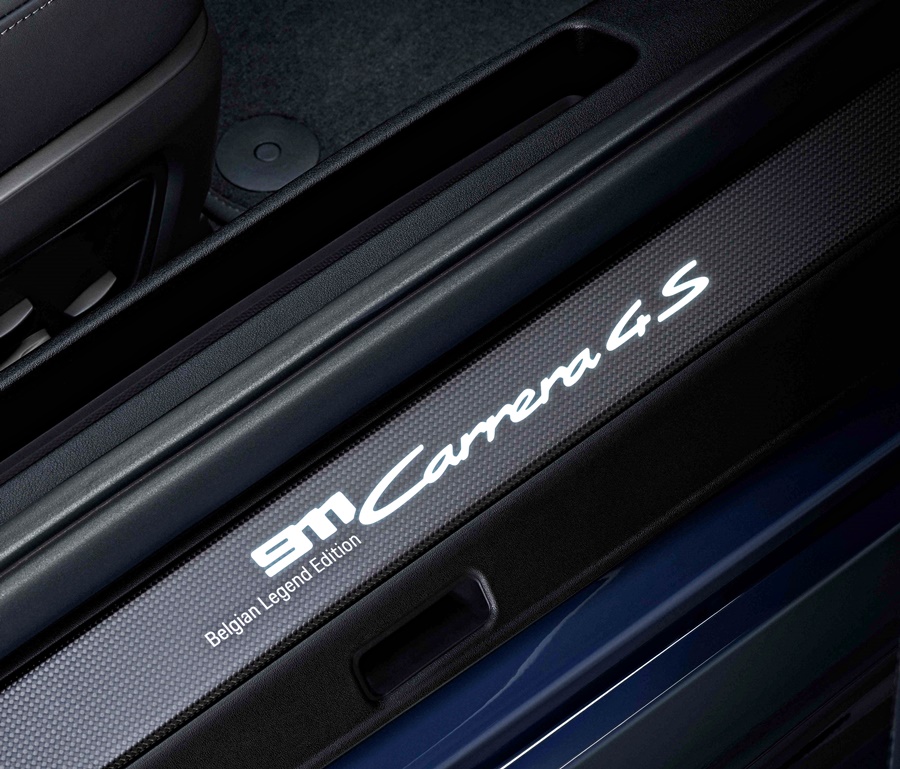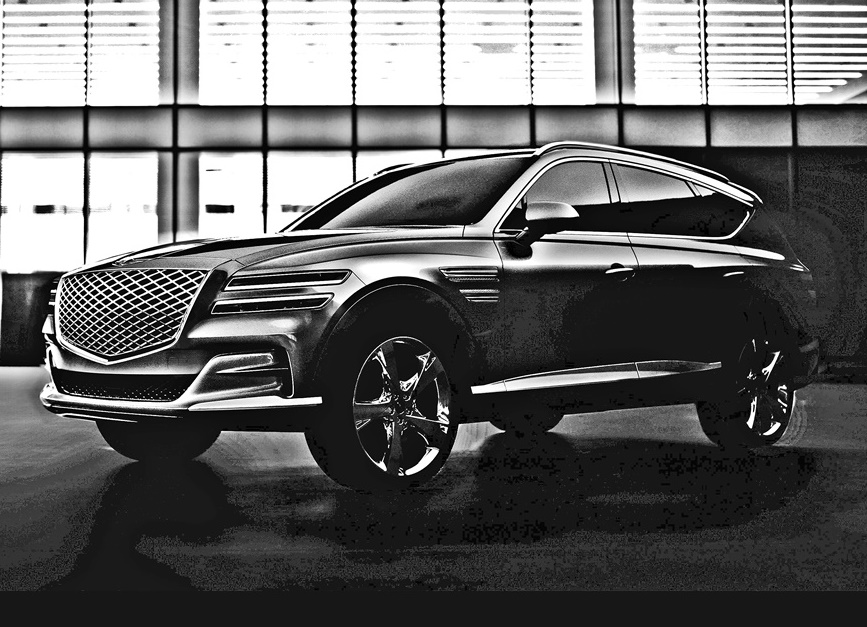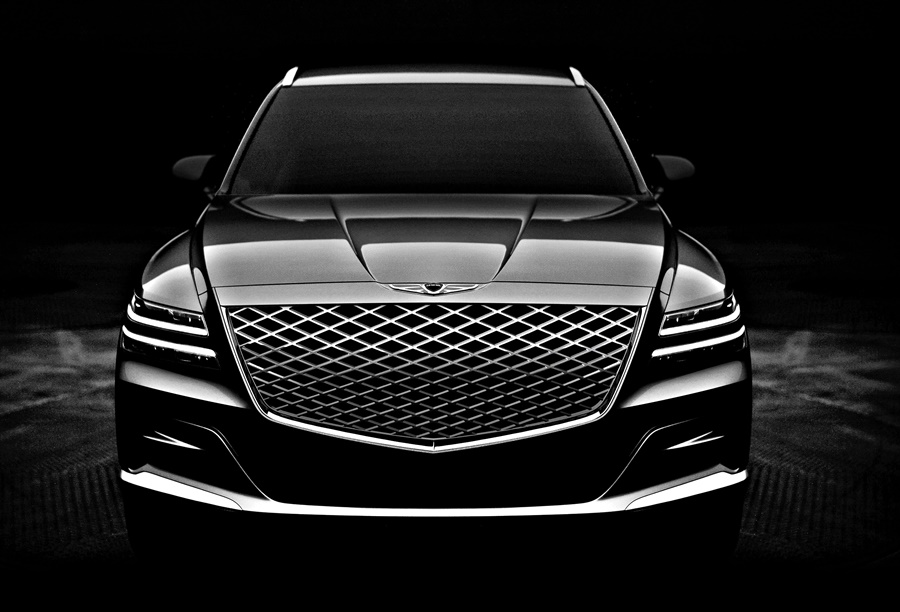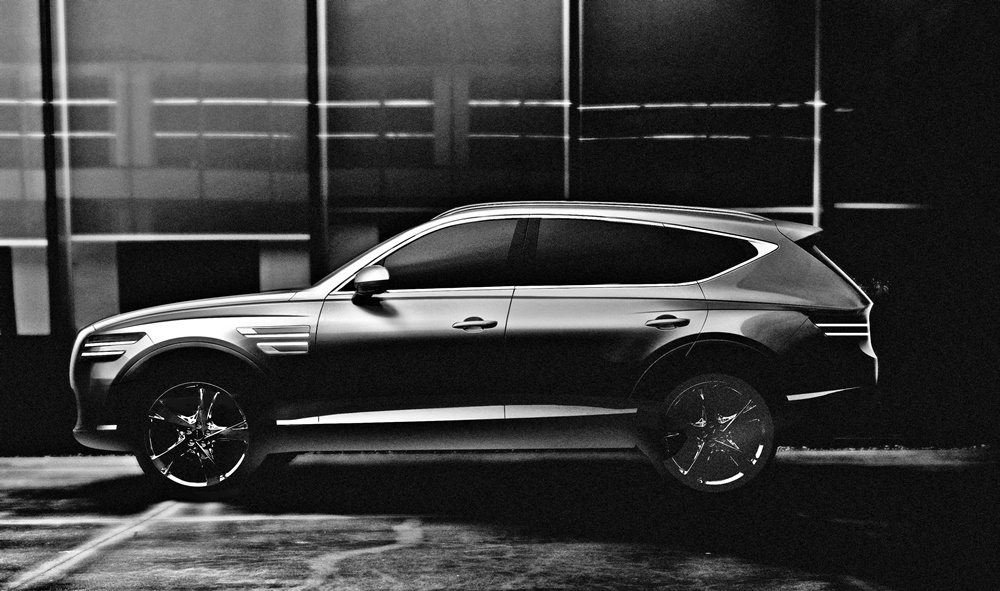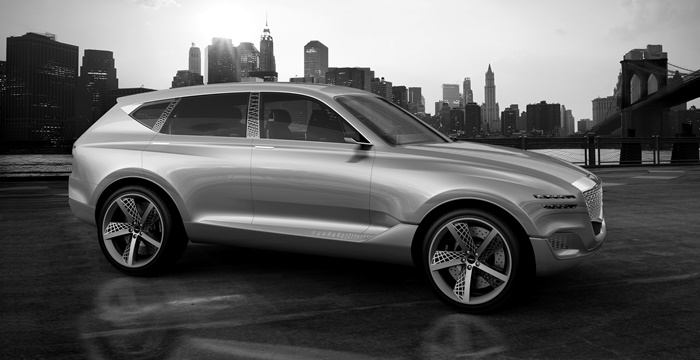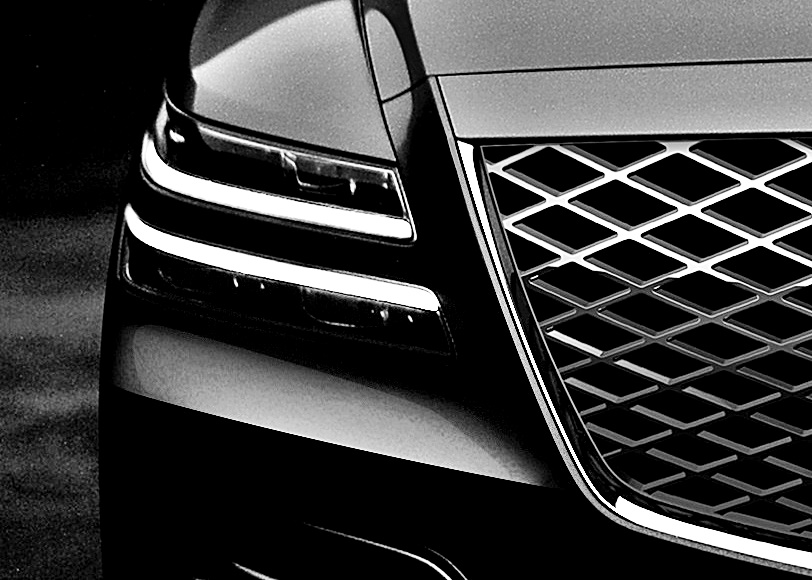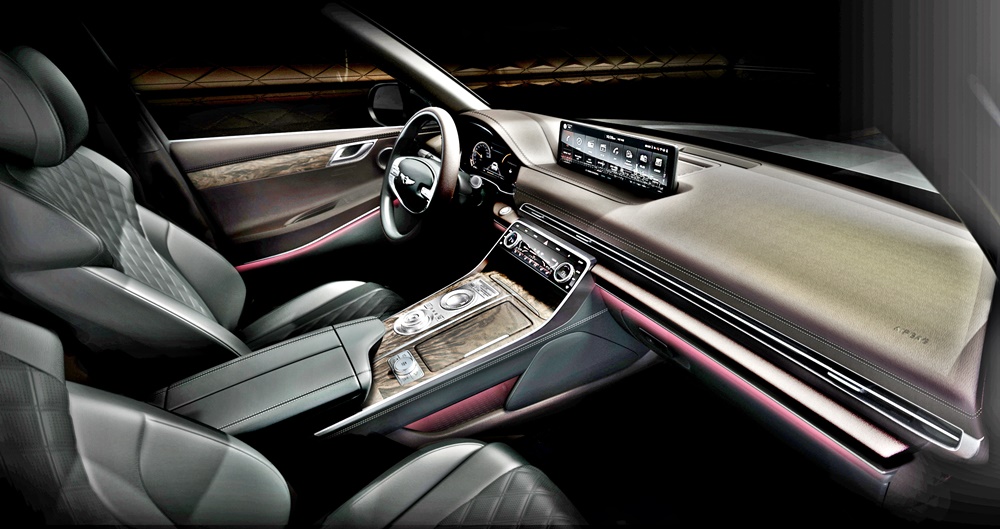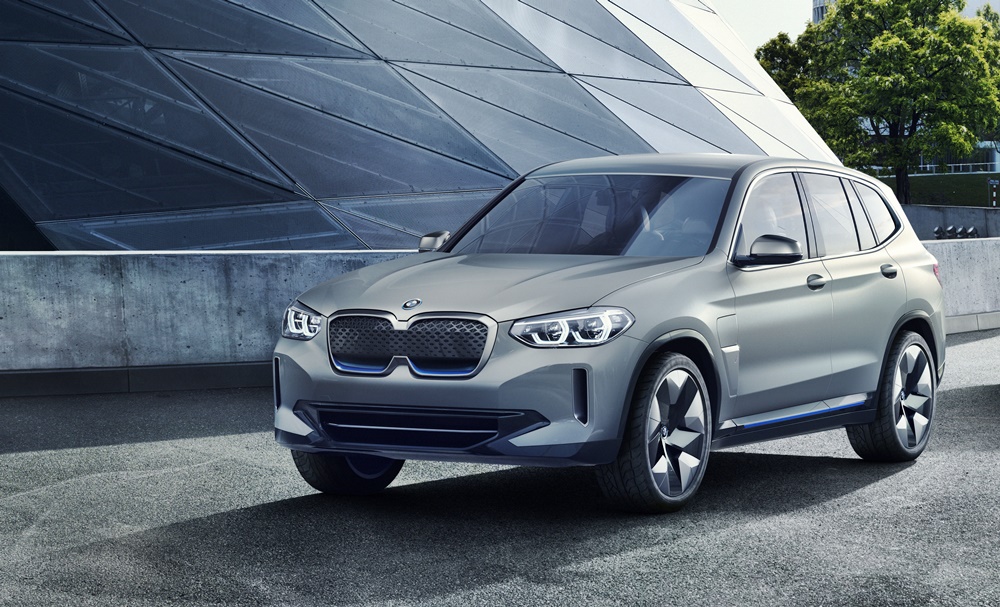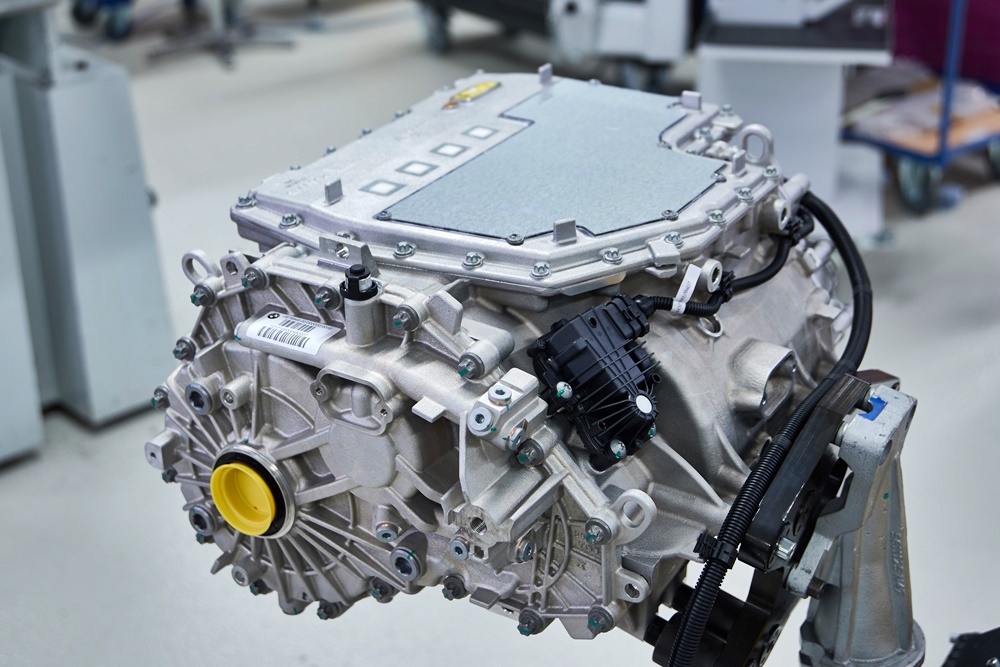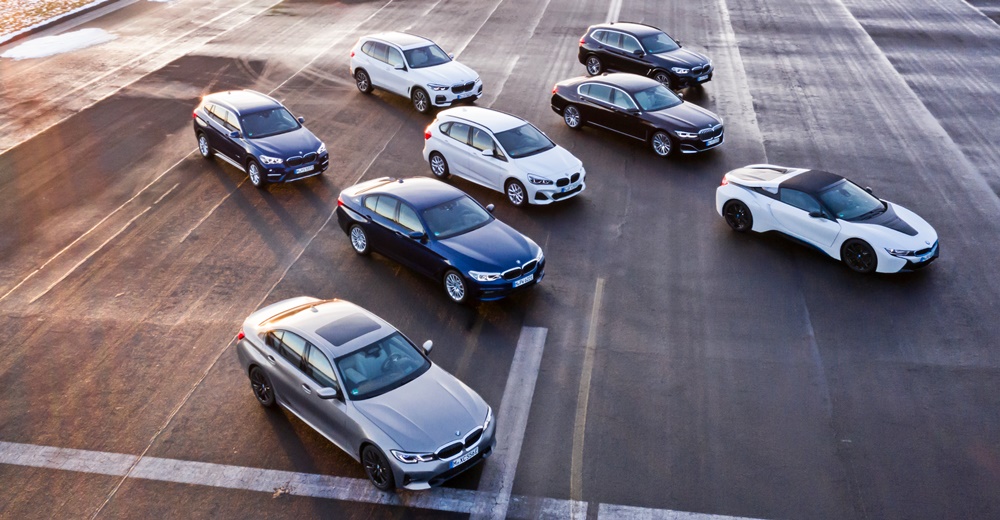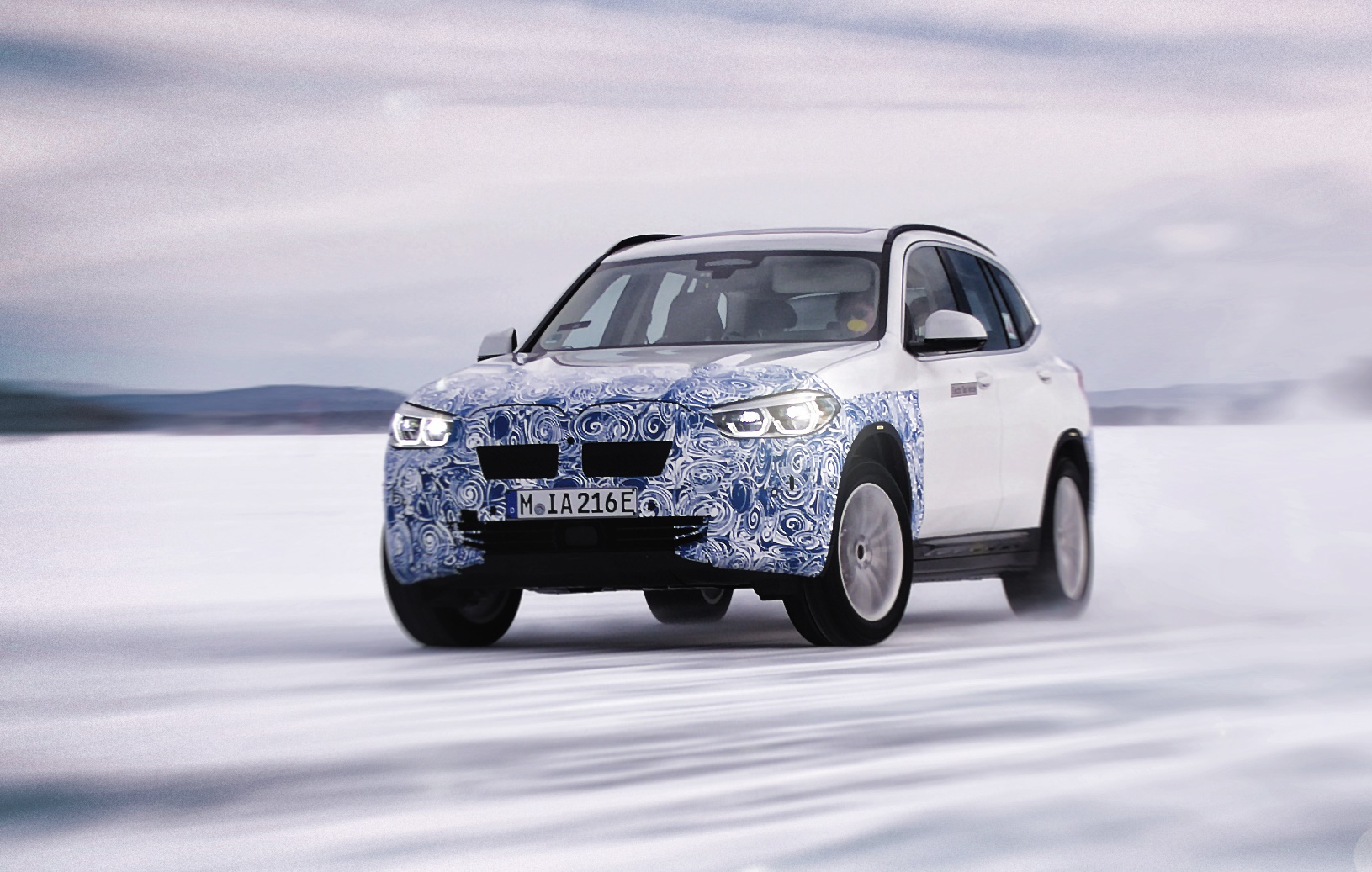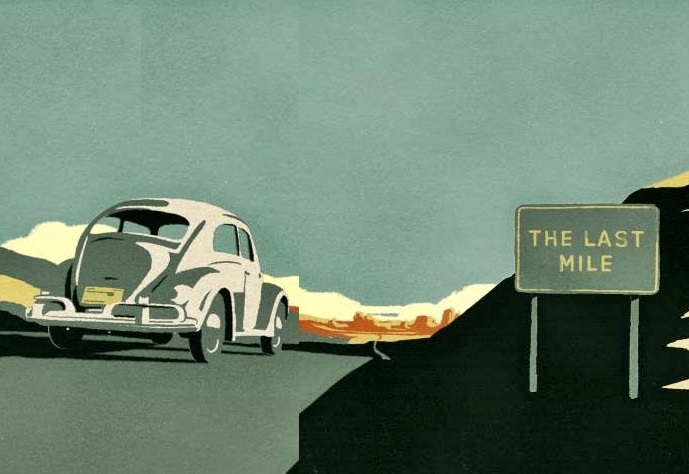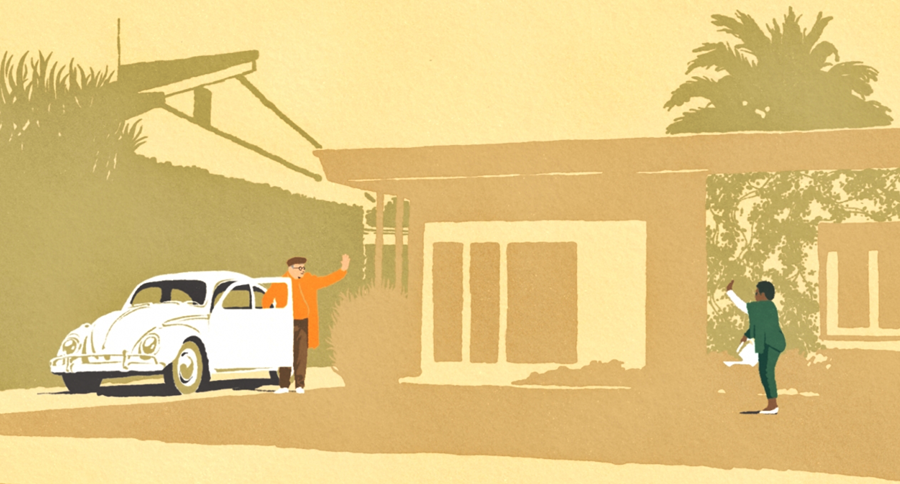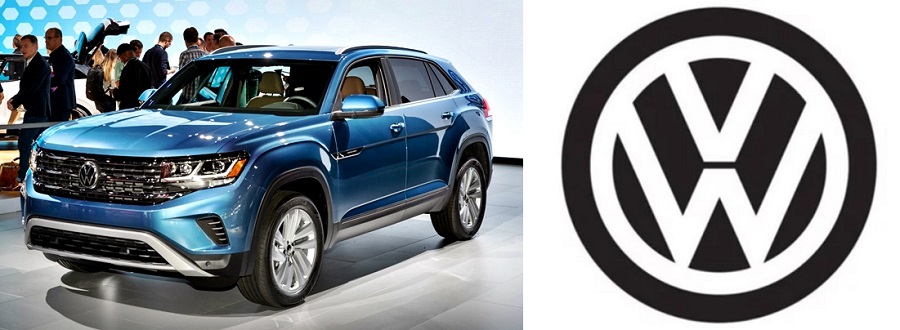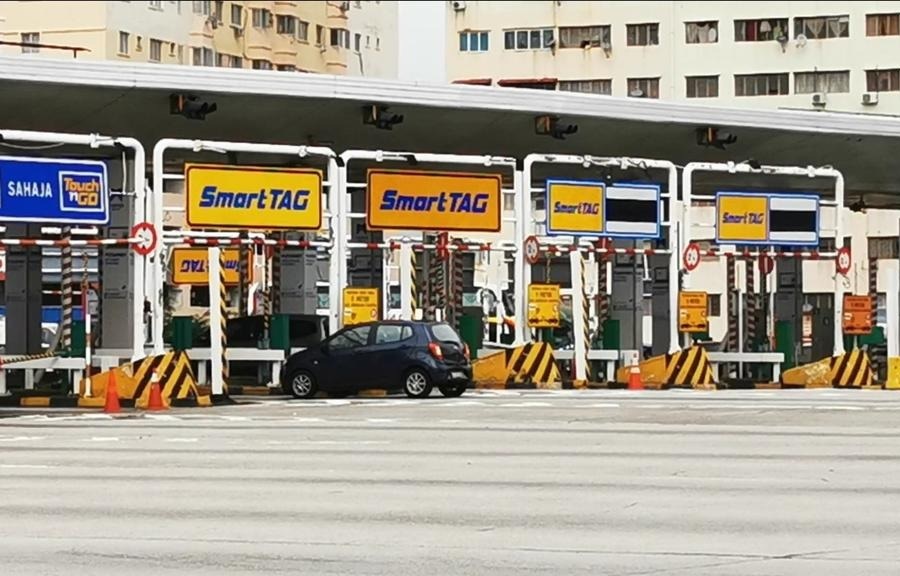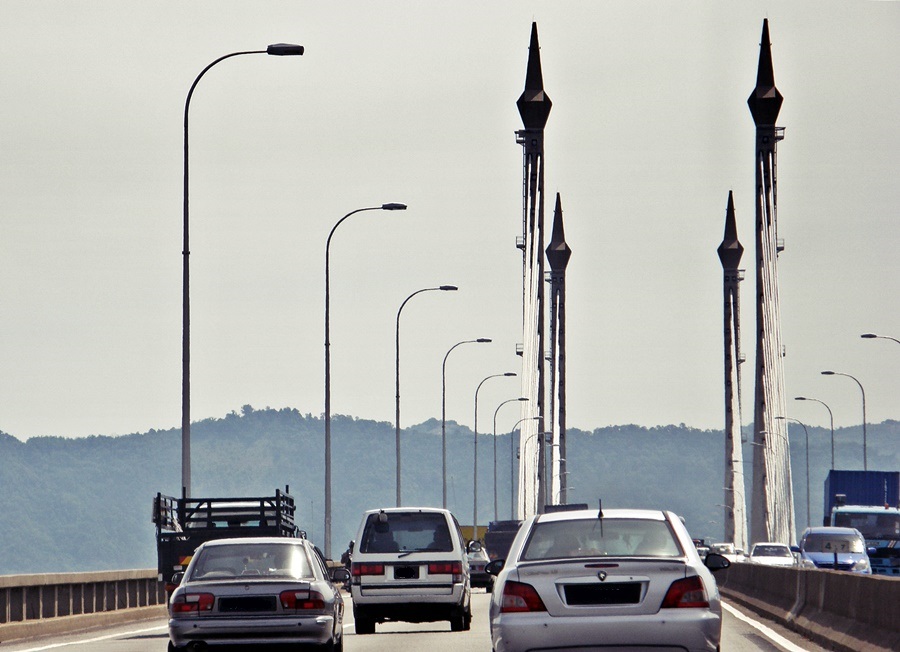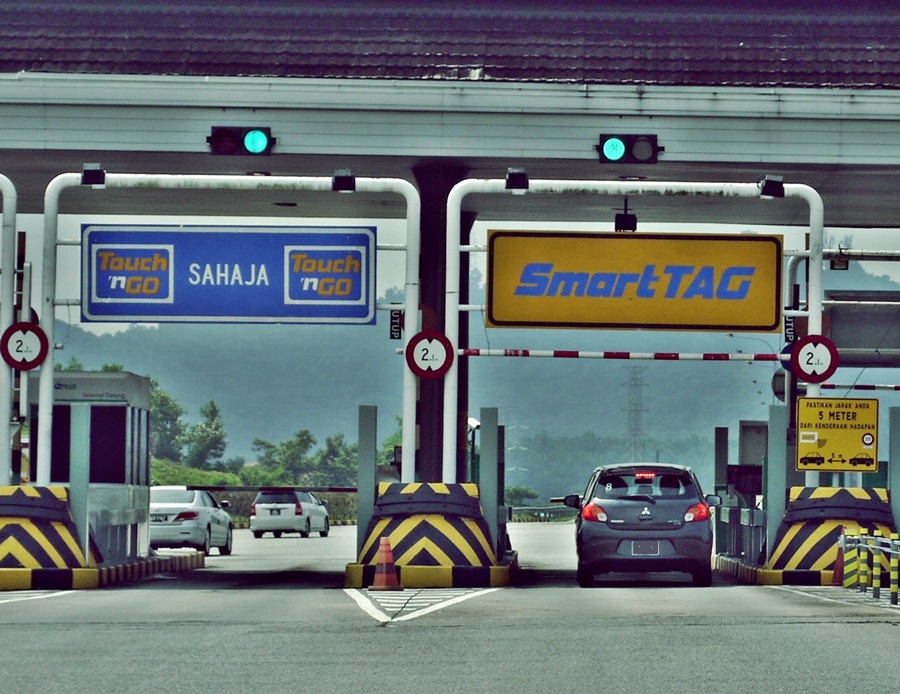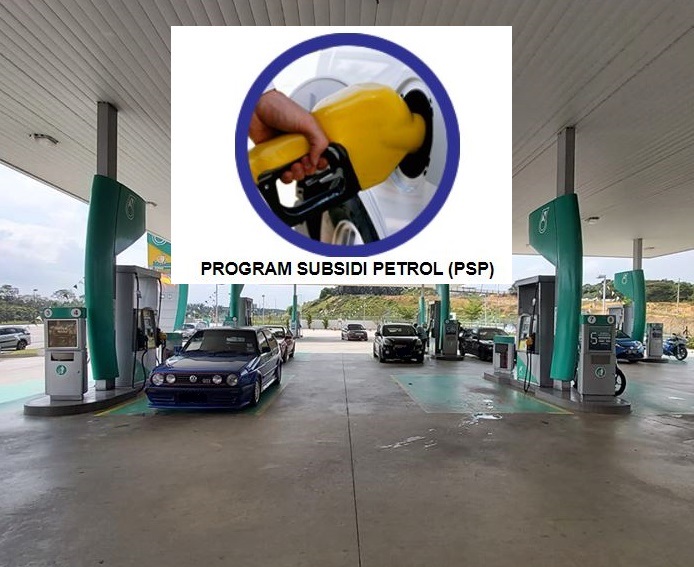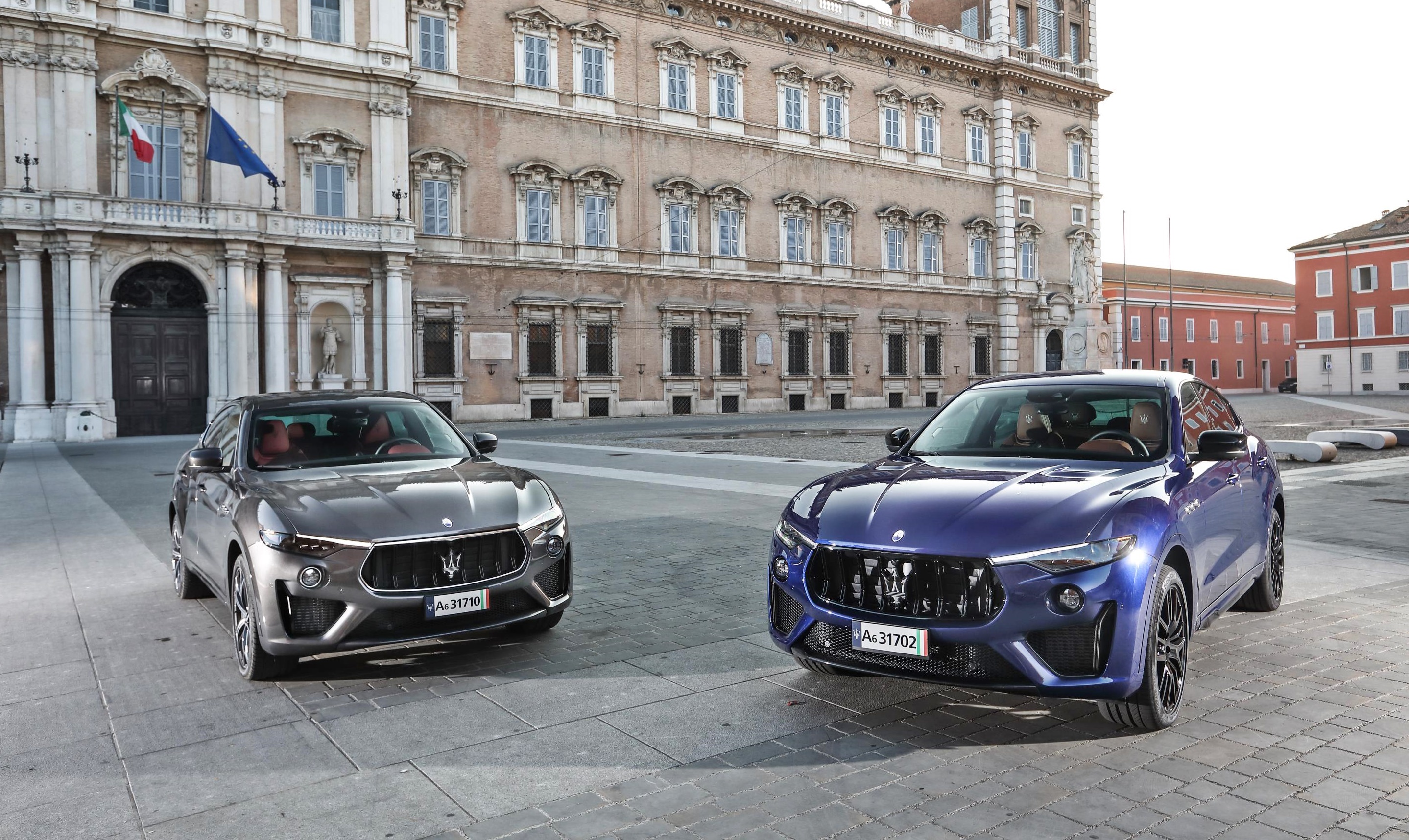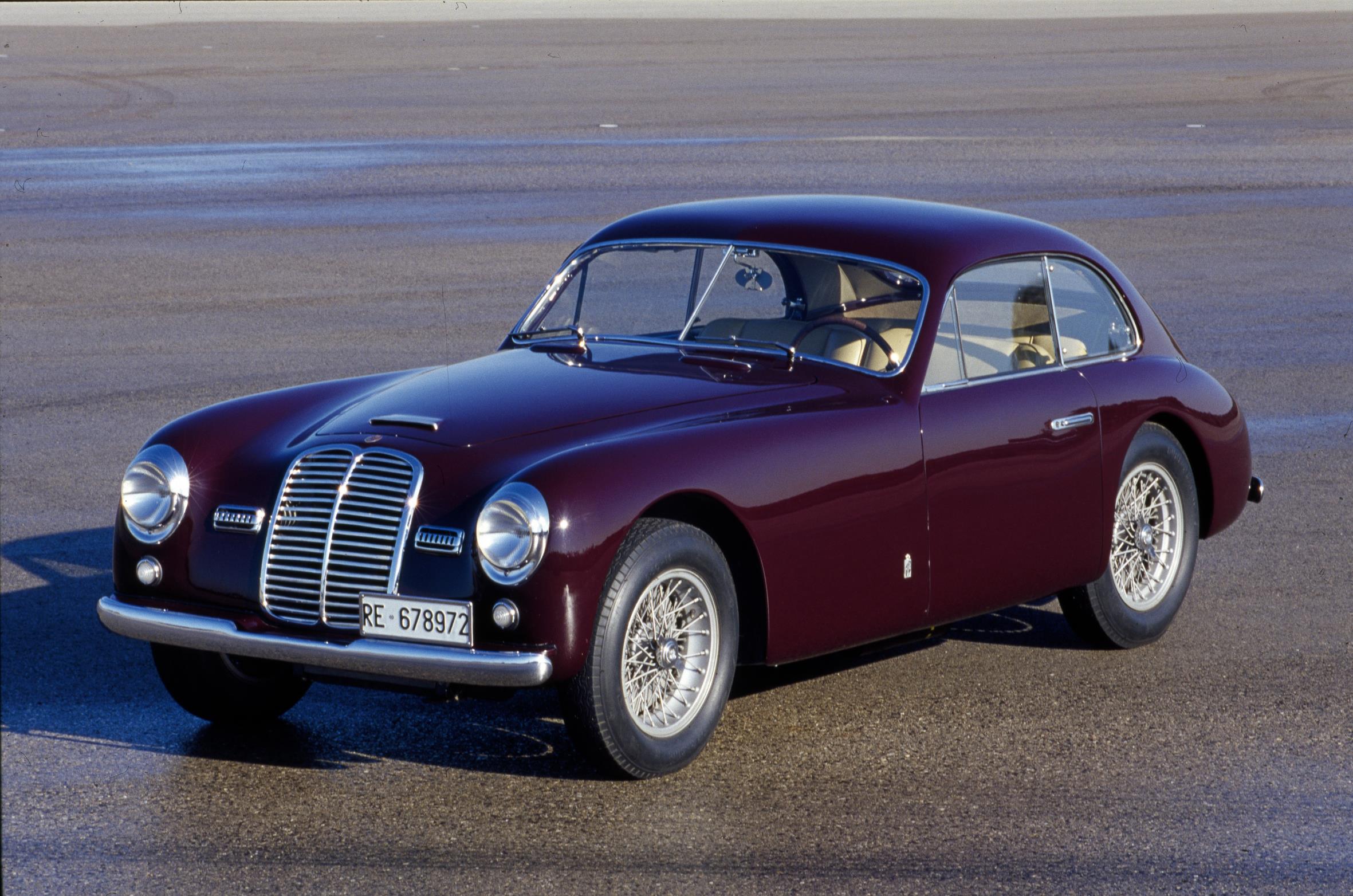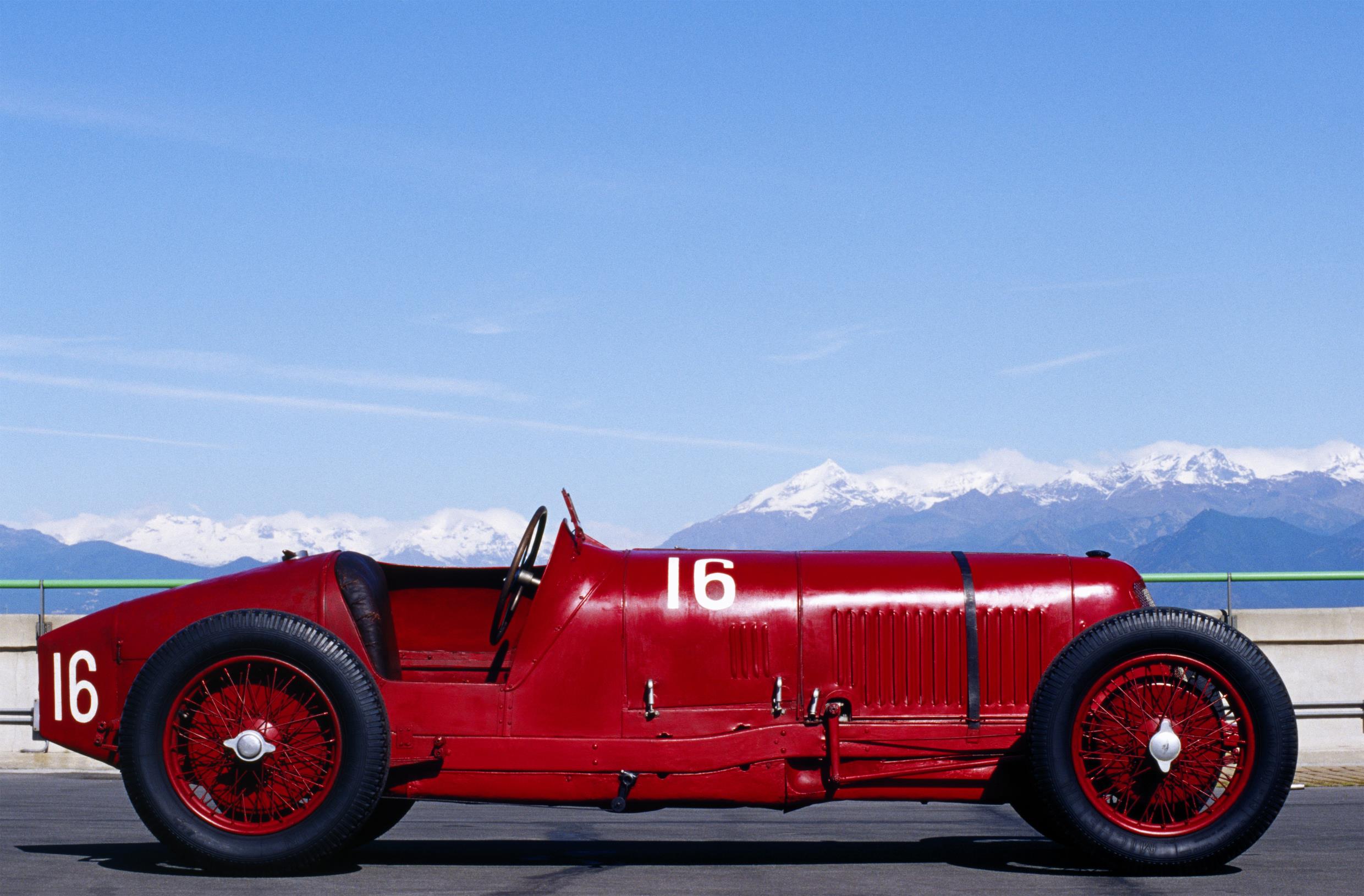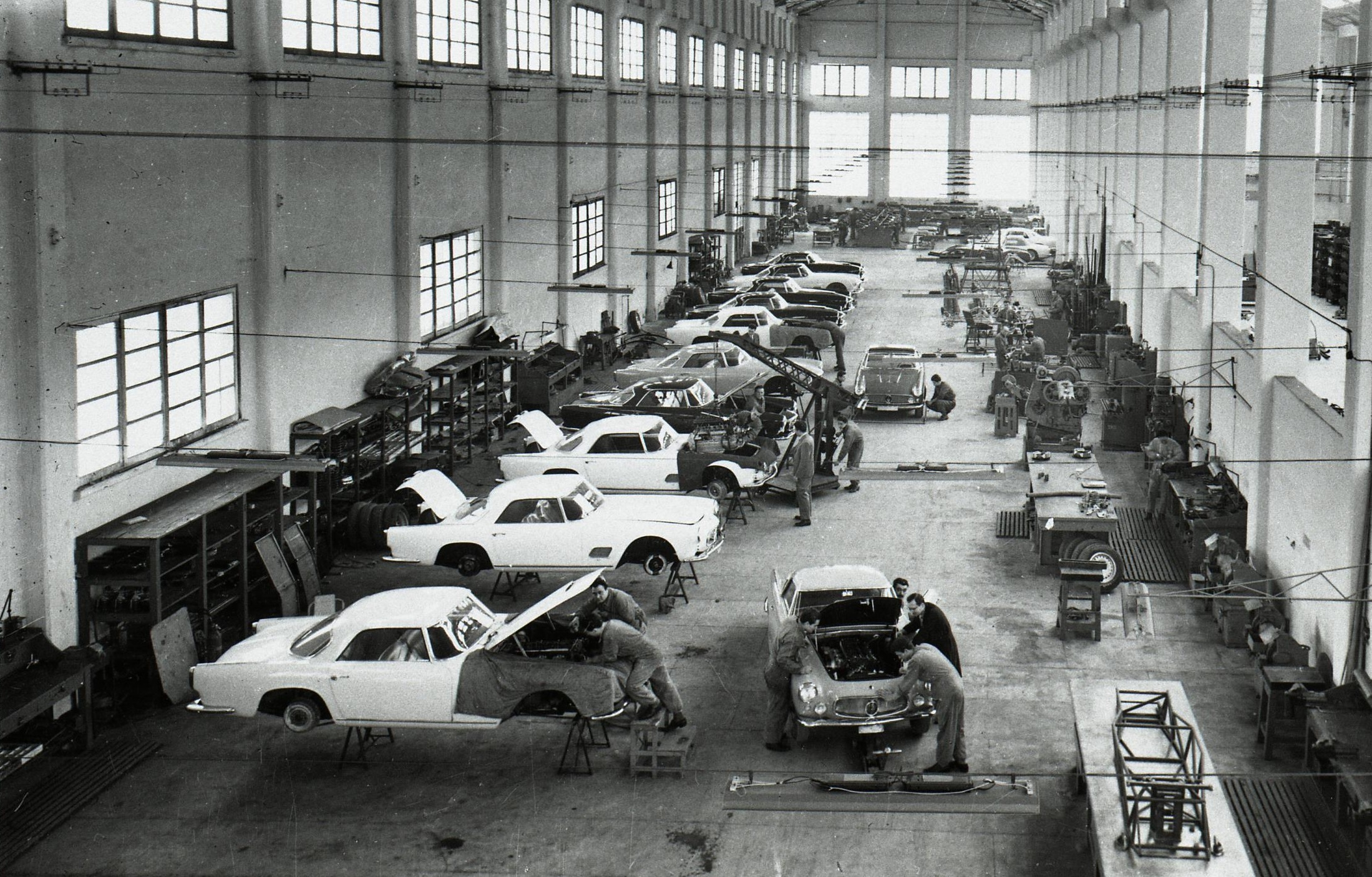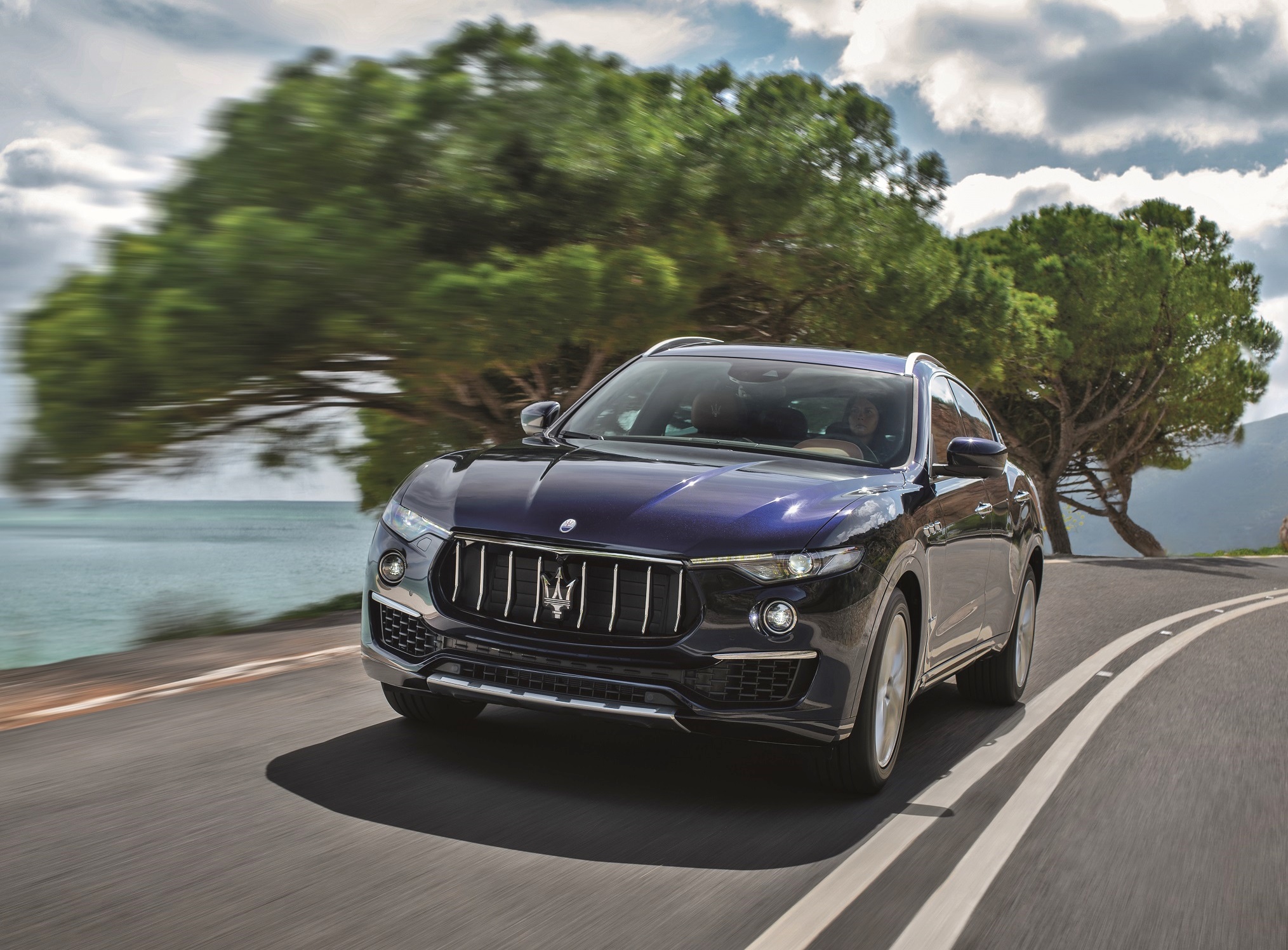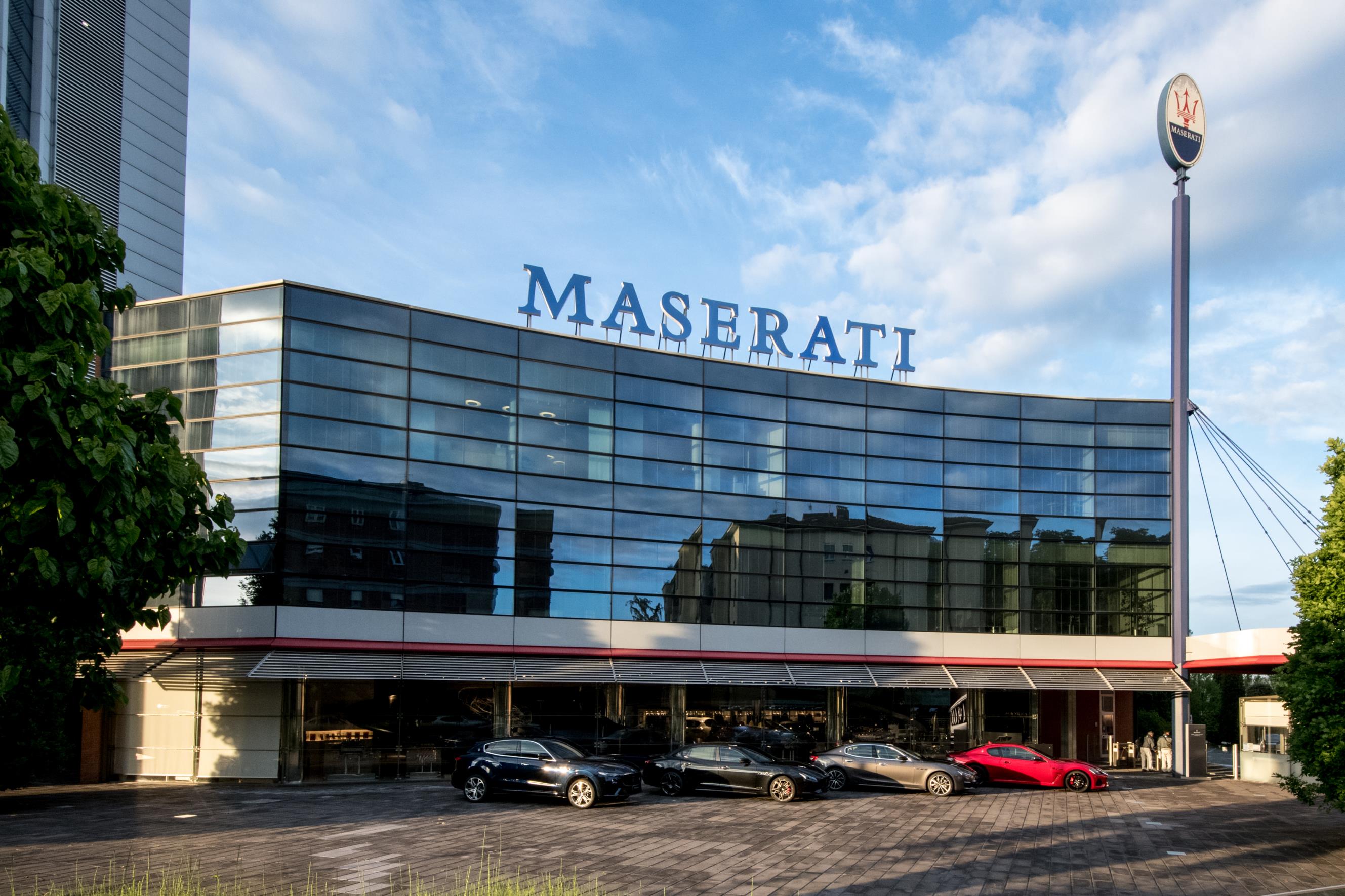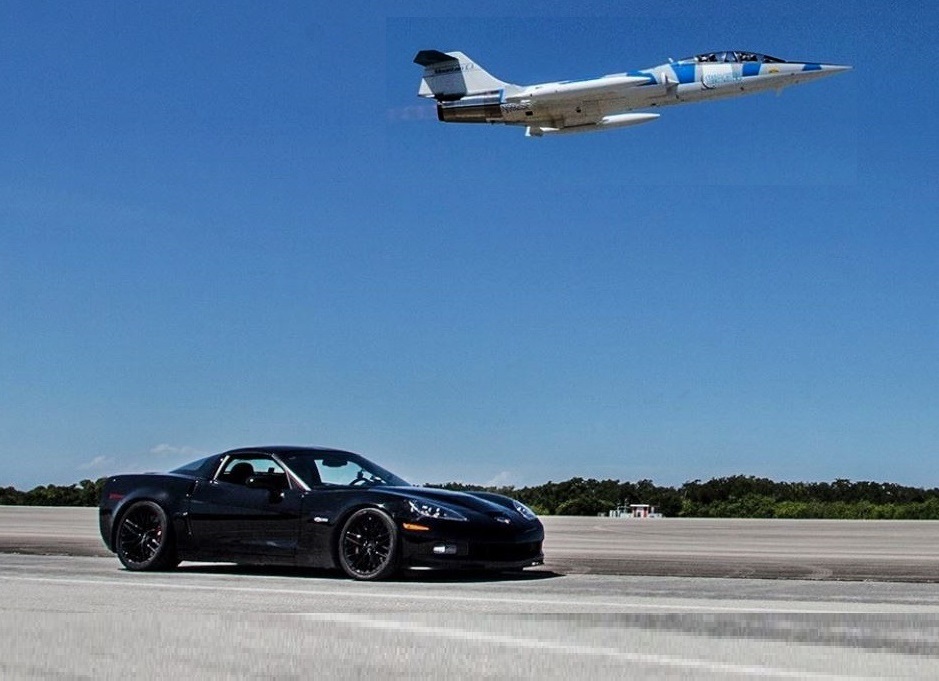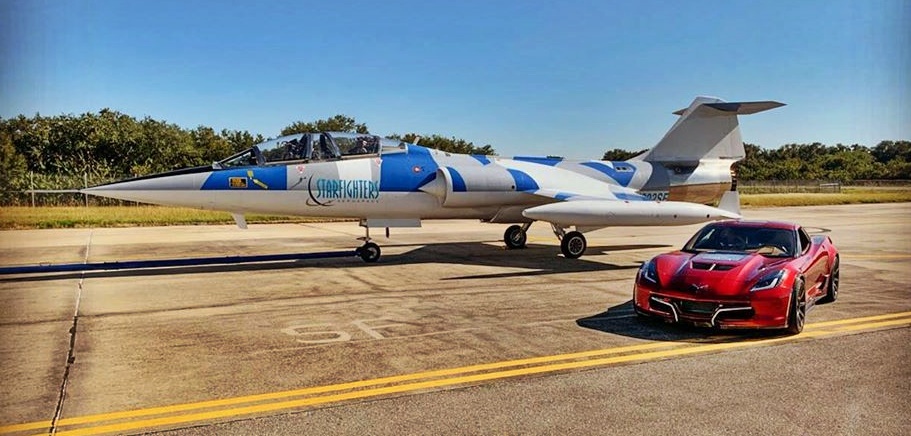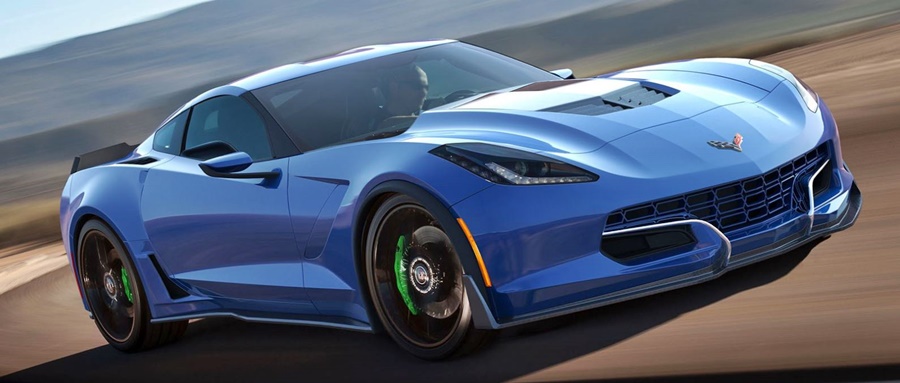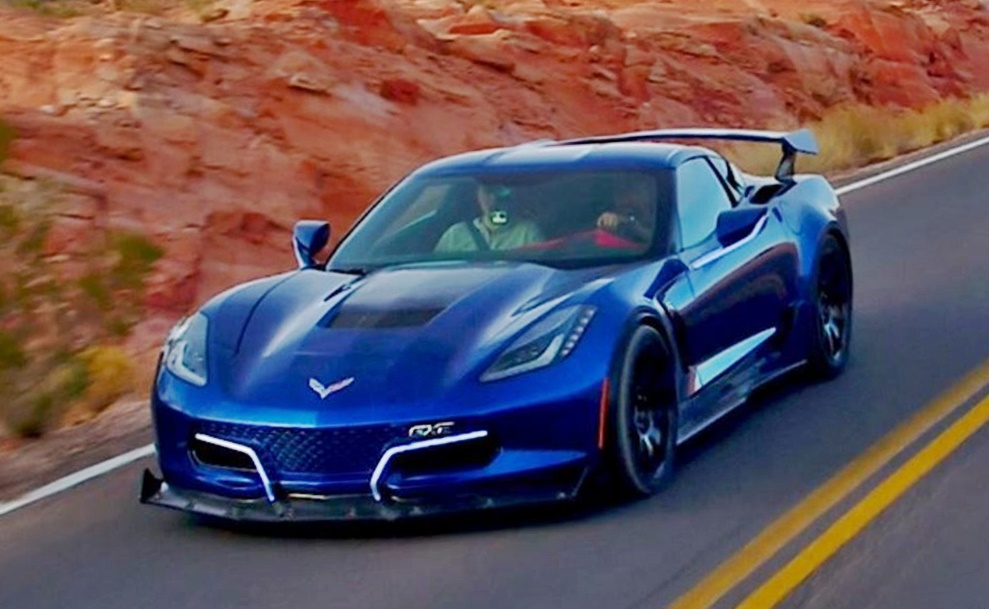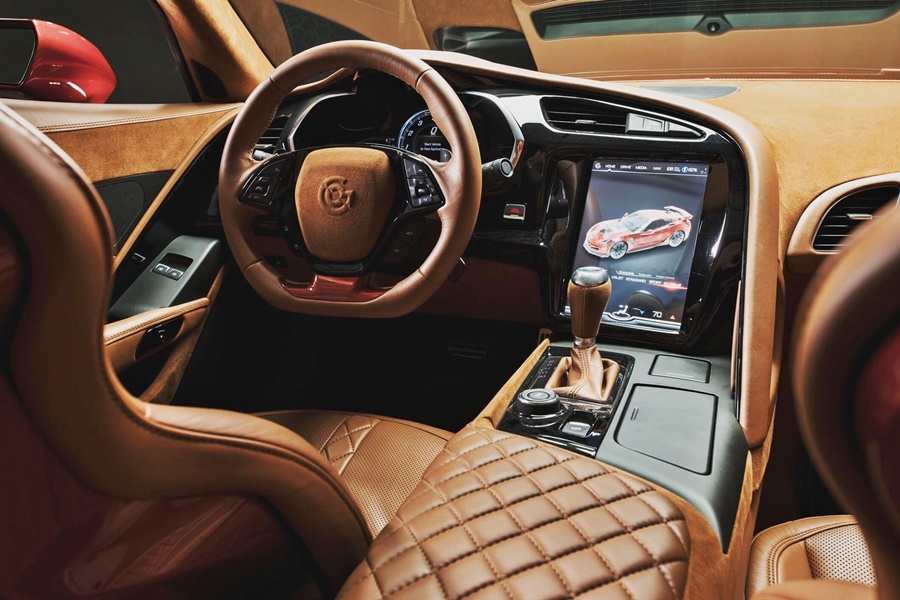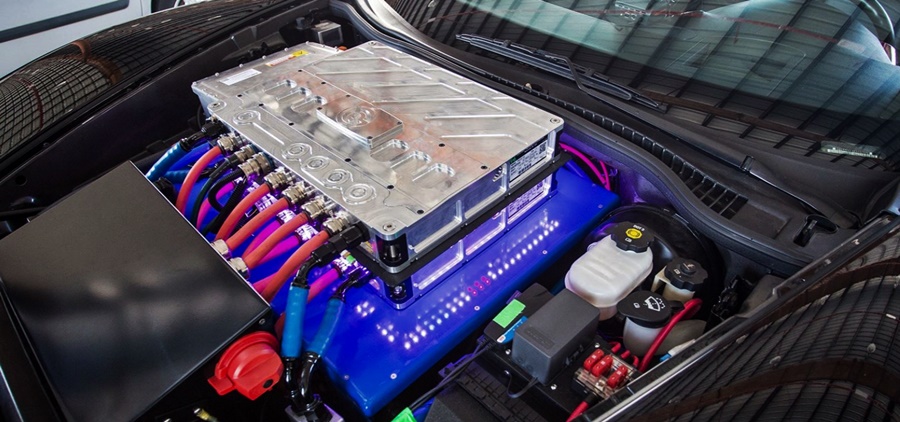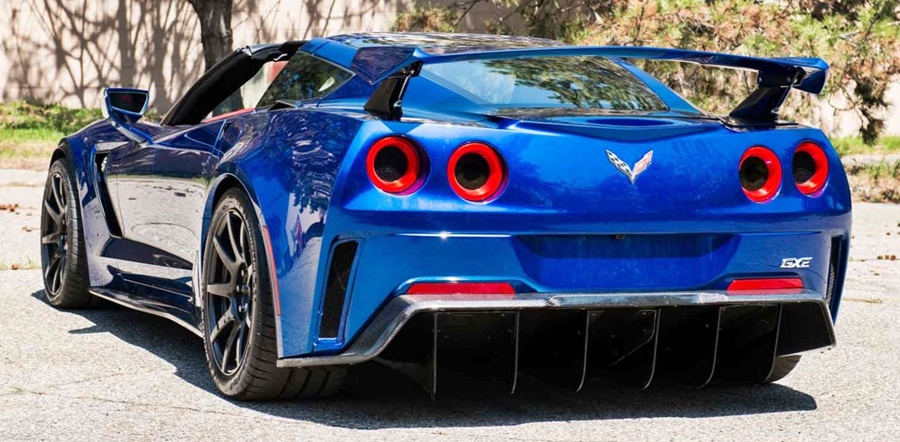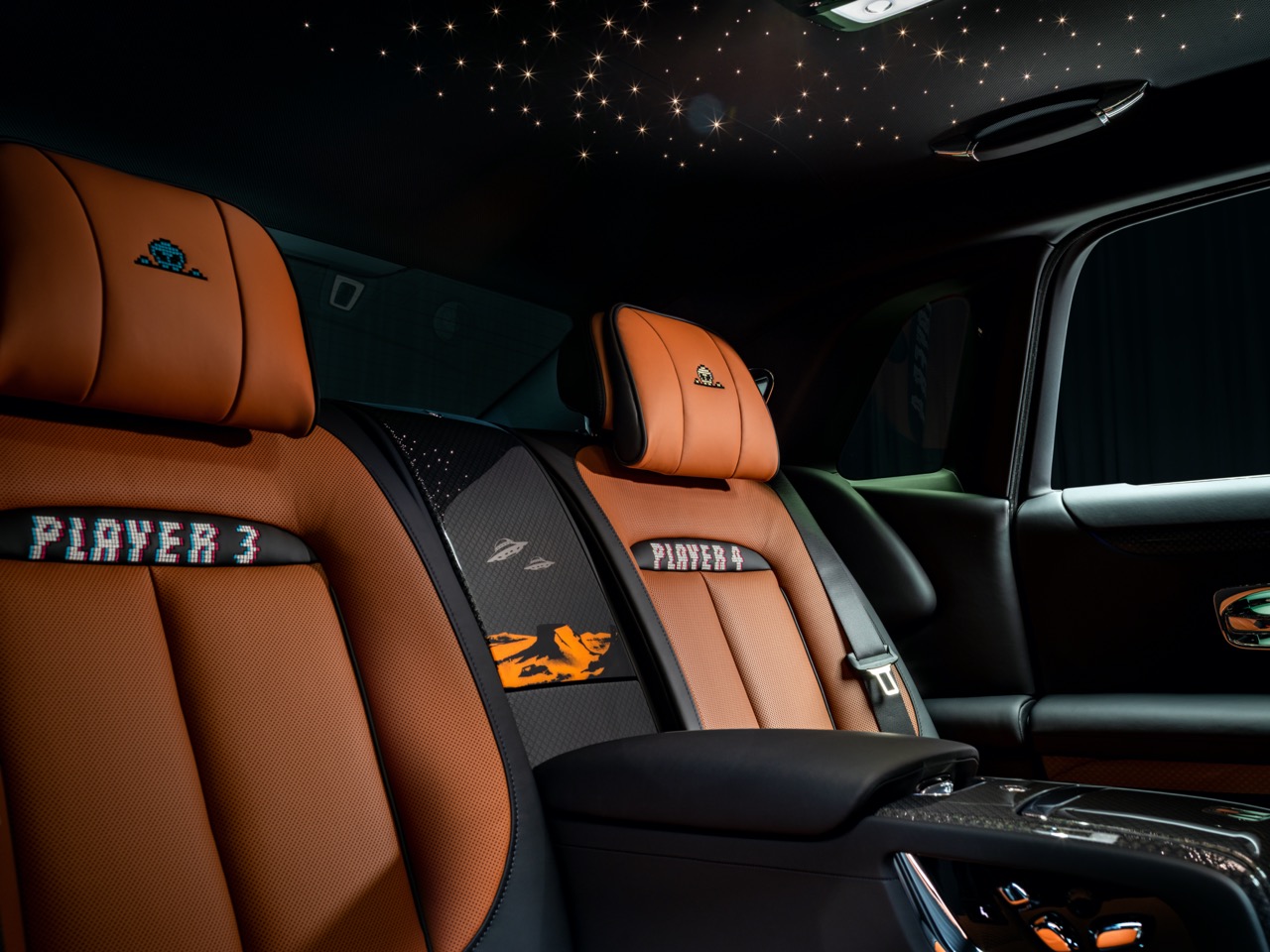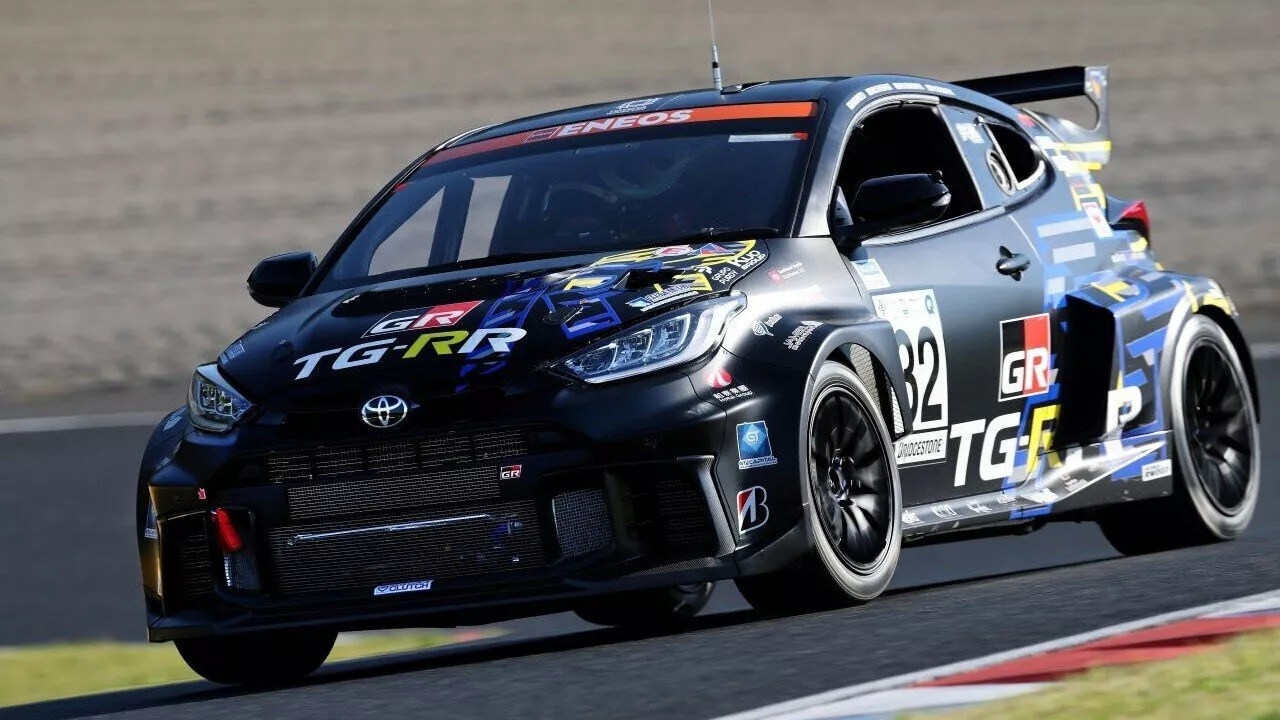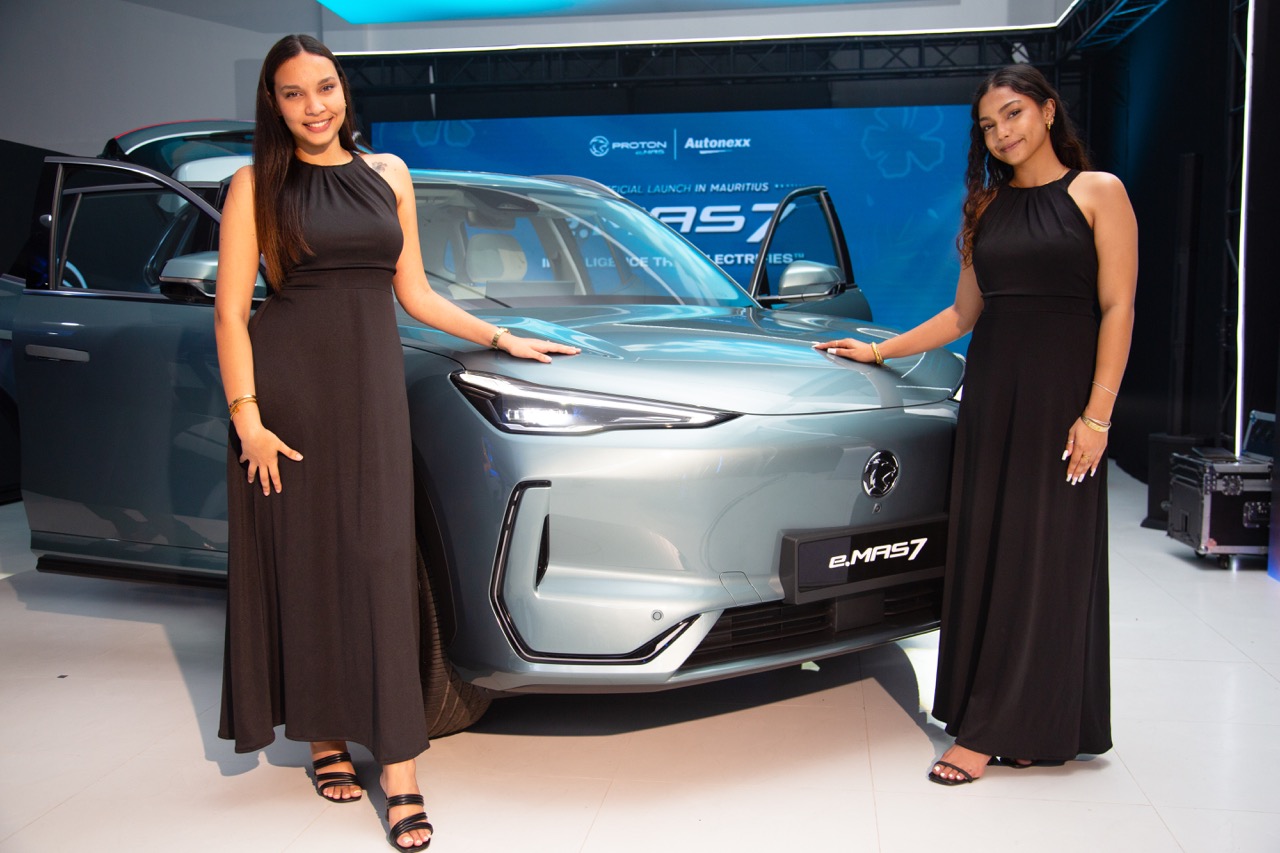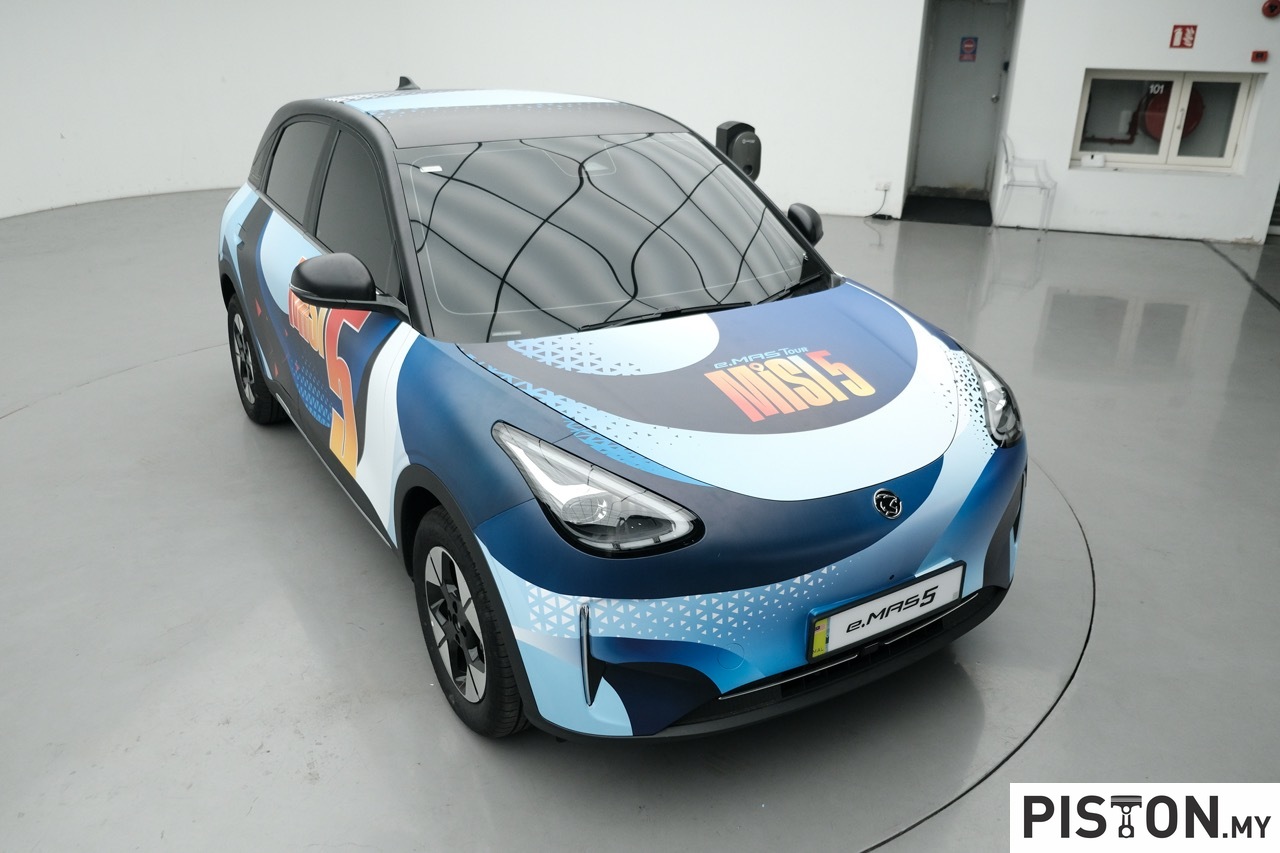Since 2015, the total annual sales of Proton vehicles have been below 100,000 units but 2019 saw it cross the 100,000 mark again to record a total sales volume of 100,821 units (including exports). The achievement was helped by a boost in December which were the highest for the whole of 2019 – 11,117 units which was 112% over the corresponding month in 2018 and also the first time the carmaker has sold more than 11,000 cars in a month since July 2014.
While the December sales number is equivalent to a 20.5% share of the anticipated Total Industry Volume (TIV) for the month (pending release of official data by the Malaysian Automotive Association), the final number represents an increase of 55.7% over 2018’s TIV. Proton believes it achieved the strongest sales growth among the top 5 brands in Malaysia in 2019, with overall market share estimated to be at 16.7%.
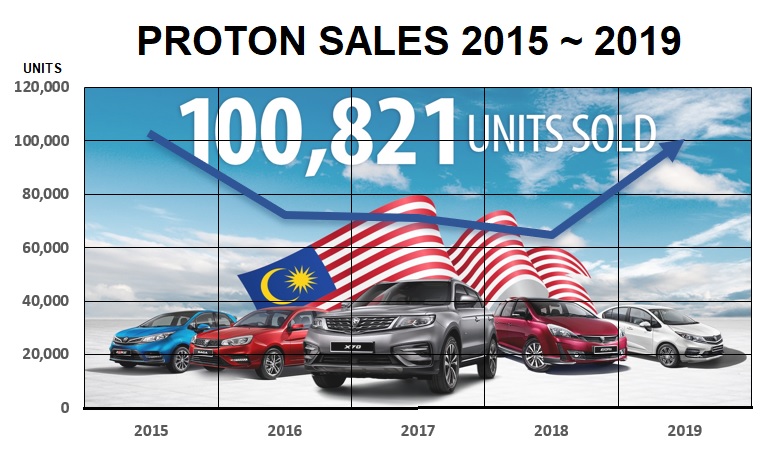
Segment leaders
According to a statement by the company this afternoon, Proton’s sales growth was powered by the X70 SUV, along with double-digit percentage increases in sales for the 4 updated models it launched in 2019. The X70 began its first full year of sales strongly and was the fastest-selling SUV in its class. It maintained its position at the head of its segment for the entire year and ended 2019 with a total of 26,331 units sold, which Proton says makes it the leader within its segment.
Meanwhile, sales of the Saga continued on an upward trajectory after appearing in showrooms on August 6. In December, 3,892 units of the youngest model in Proton’s current range – and also the brand’s oldest nameplate – were registered nationwide, a number which Proton says makes it the most popular A-segment sedan. Total sales for 2019 closed at 38,144 units, equivalent to a 36% increase in volume.
Unfortunately, comparisons of official data will not be possible for another 12 months since the powerful Competition Commission will not allow the transparency of data being published that allows the public to verify such information.
The Persona ended the month with 3,384 units sold, the highest for the model since March 2012 and presumed to be the leader in its segment. Despite a few low months before the improved 2019 model was released, the total sales volume still grew by 29% to 21,876 units for the year.

Major contributions by X70 and Saga
“The Proton X70 and the Proton Saga are two major ingredients to Proton’s sales success this year. We are humbled by the popularity of the Proton X70 and would like to say a big ‘Thank You’ to all our customers for their support, despite it being a brand new market segment for the company. As for the Saga, with over 41,000 bookings and counting, it remains as our core product and is a popular choice regardless of a buyer’s age, status and purchasing power, making it a car for all Malaysians,” Dr Li Chunrong, Chief Executive Officer of Proton said.
“While sales of the Persona were very strong following the launch of the updated model, the numbers posted in December show many are becoming increasingly aware of the outstanding features, practicality and value we offer in our family sedan. Proton is confident of maintaining these numbers in 2020, so the company has at least three sales leaders in their respective segments,” he added.

